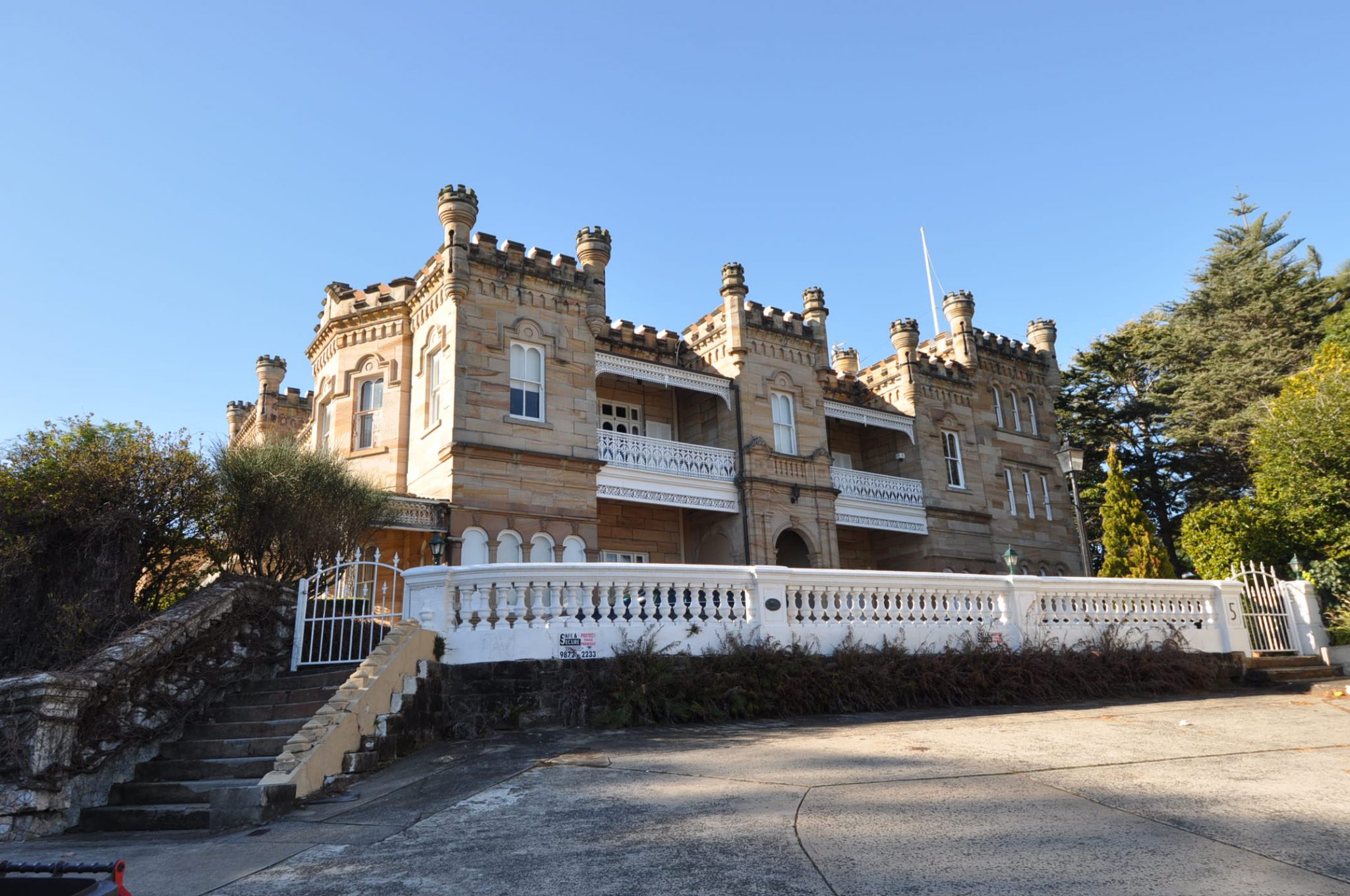Professional Associations
In the age of corporatisation, the public realm has shrunk. The public realm comprises public goods like hospitals, education, the Internet, public parks and heritage. Most governments in the developed world today are ruled under a neo-liberal agenda This means that public infrastructure provisioning is rolled out by corporations on behalf of governments. It is called PPPs – Public Private Partnerships. These partnerships are responsible for building our schools, our rail, our roads, our sewerage treatment works and many other forms of infrastructure.
The government relies upon such corporations to deliver public sector provisioning. The government itself does not produce so much as facilitate the production of these goods. However, the corporations that deliver the goods are bound by shareholder interests. This makes these corporations more answerable to profit than it does to the needs of the common man. Heritage places can be defined as both public and private assets.
A little known fact is that more than 90% of the listed stock in Australia is privately owned, yet it is regulated by government agencies. The listing of heritage buildings is motivated by the public’s concern for the preservation and conservation of important heritage places. However, there is also the privately owned component. Our heritage management systems in Australia do not acknowledge the private burden of heritage that is carried by owners. The burden is constituted by the cost of maintenance as well as the loss of potential to re-develop land under a heritage listing.
The system has no built-in mechanism to address this. Listing agencies naively assume that listing of itself is sufficient to control the heritage asset insofar as the public interest is concerned. However, there is little control in the post-listing episode. There is very little policing. There is hardly any financial support for owners and thus, in consequence, there is little interest by developers in utilising the stock for adaptive re-use purposes.
This situation gives rise to a negative perception of heritage. Yet with careful analysis and proper reasoning, it is possible to revamp our heritage management policies to embrace the needs of private owners and developers without compromising the innate significance of the stock. Rappoport is committed to formulating such policies and is devoted to the resolution of balancing the needs of private owners with that of the public interest concern.
 |
Heritage policies need to be crafted in order to better address the needs of private owners. The system needs to be revamped to make it worthwhile for owners, developers and incoming purchasers. Their needs are required to inform heritage policies for the future because the current system is alienating and dis-incentivising.
Paul Rappoport – Heritage 21 – 24 November 2011
Related Articles

New Ways of Assessing Heritage Impact
The system we use today in NSW and Australia generally to assess heritage impact is limited and perhaps slightly old…
Read more
Taxing tourism to pay for cultural built heritage
The World Bank (2010) writes that a good investment climate for tourism, underpinned by a sound tax regime, can play…
Read more
Heritage-Tourism – Loving it to Death
How often have we all heard or read the phrase; “Tourism is a driver of economic development”.
Read more
Is Heritage in the Public or Private Interest?
Clearly, the development and pro- conservation approaches are like ships passing in the night. Will there ever be a happy…
Read more

Need help getting started?
Check out our guides.

Complete the form below to contact us today.









